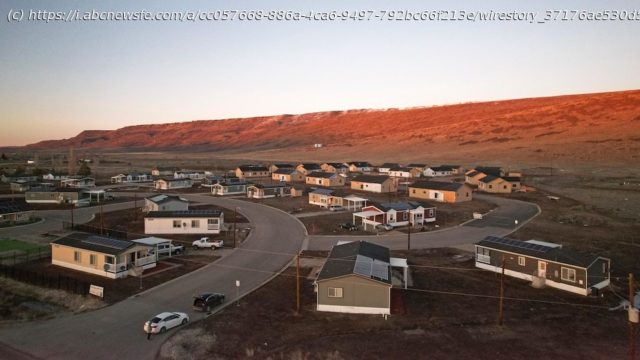The Shoshone-Paiute Tribes of the Duck Valley Indian Reservation have long grappled with contaminants in the soil and water
The Shoshone-Paiute Tribes of the Duck Valley Indian Reservation have long grappled with contaminants embedded in the land and water.
For decades, the tribes suspected that widespread illness and deaths from cancer are tied to two buildings owned and operated by the U.S. Bureau of Indian Affairs. Fuel, herbicides and other chemicals spilled onto the dirt floors of the now-shuttered or demolished structures.
Earlier this year, the BIA discovered a decades-old document with a passing mention of Agent Orange that suggests the government might have been more involved in contaminating the land than previously known, this time around the irrigation canals. The community is still waiting to get answers.
Owyhee is the sole town on the reservation where snow-capped mountains loom over a valley of scattered homes and ranches, nearly 100 miles (161 kilometers) from any stoplights. Bookended by deep Nevada canyons and flat Idaho plains, the valley is home to “Sho-Pais,” whose ancestors were confined there by the federal government.
For generations, the legacy and livelihood of residents have centered around raising cattle year-round. Many of the 1,800 or so residents still use the same medicinal plans and practice the same ceremonies as their relatives buried under them.
Representatives from the BIA and the U.S. Environmental Protection Agency visited the reservation as recently as Aug. 7 to talk about the contamination and review the report that mentioned Agent Orange. Action can’t come soon enough for tribal members who say the federal government’s past cleanup attempts have lacked urgency and direction.
Home
United States
USA — mix Takeaways from AP's report on how Duck Valley Indian Reservation's water and...






